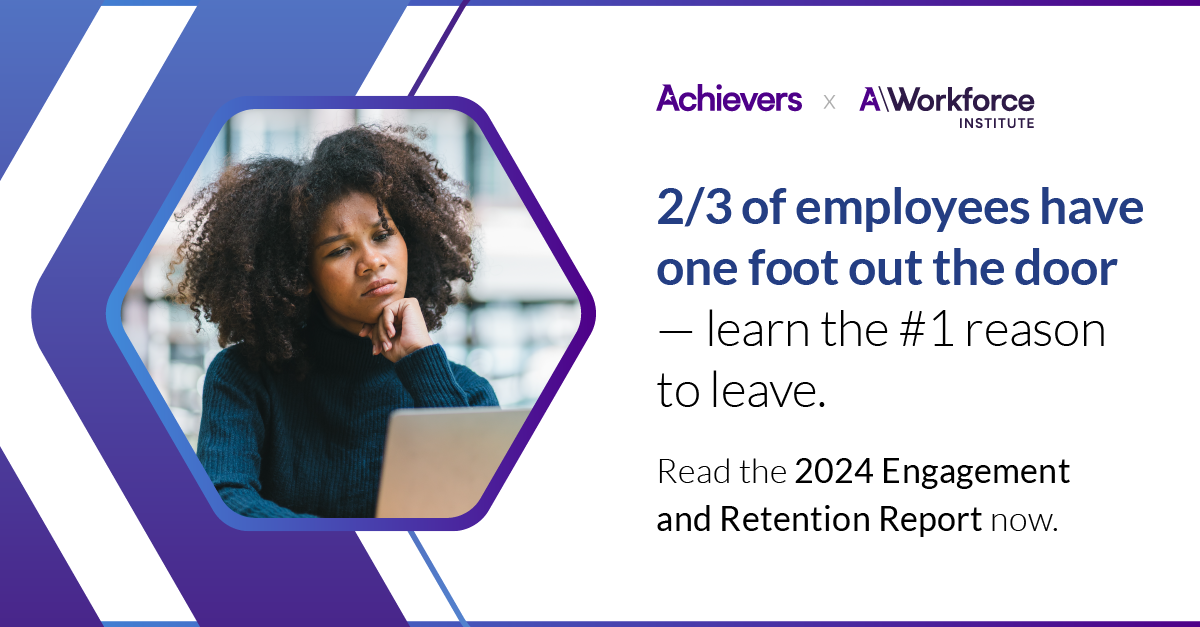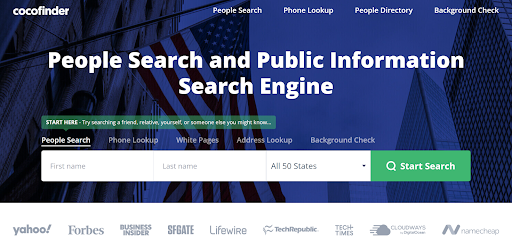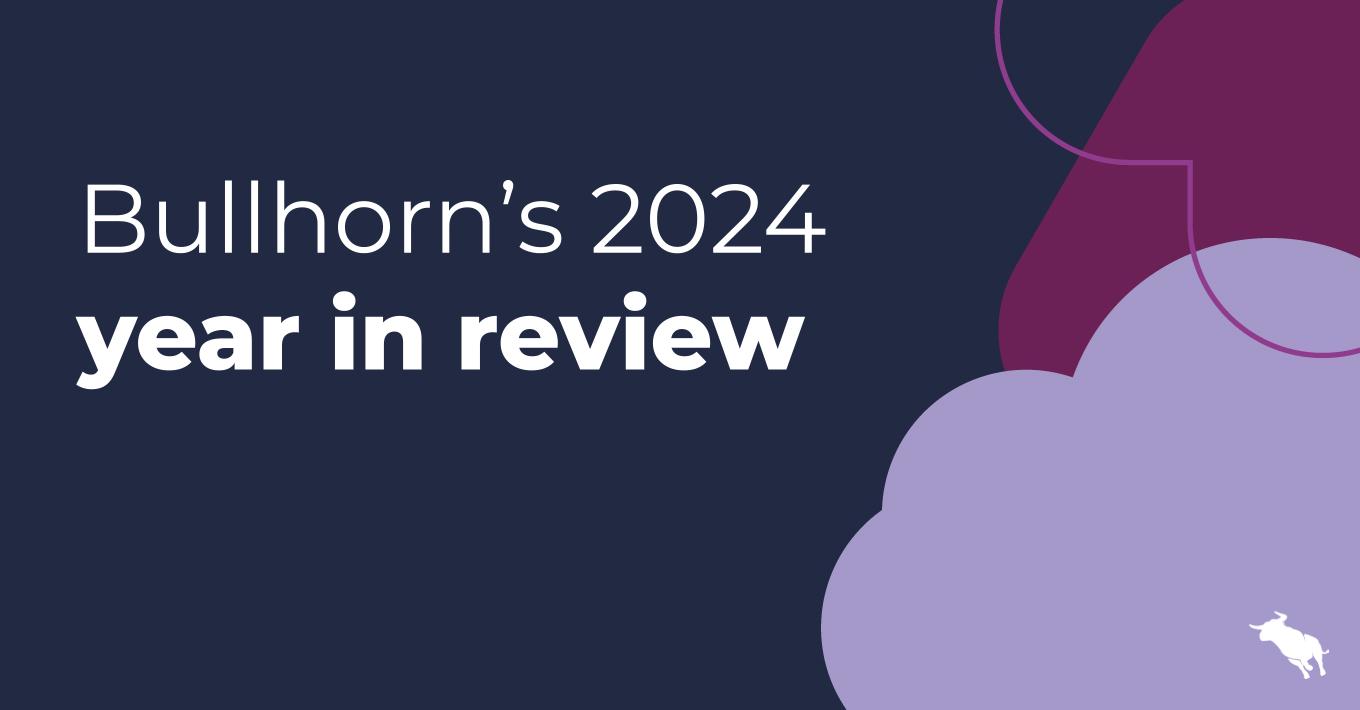Thank you! A team member will reach out shortly.
Every company wants a workforce where every employee has the skills and knowledge needed to thrive and achieve business goals. But even organizations that attract and retain the best talent available won’t have perfect alignment between employees’ capabilities and organizational requirements — especially as time goes on and new trends and opportunities emerge. That’s why employee development is important in giving employees opportunities to develop existing skills and learn new ones.
If your organization is interested in creating an employee development program that equips team members to succeed in their current roles and stay up to date with best practices in your industry, look no further. This guide will take you through what effective employee development looks like, why it matters, and some actionable strategies you can start putting into practice at your company today.
What is employee development?
Employee development is the process of enhancing and expanding the skills and knowledge of an organization’s workforce. It equips team members with the competencies needed to perform their current roles effectively while preparing them for future responsibilities and keeping them current with new industry trends. Companies that prioritize development recognize that a skilled and motivated workforce is a key part of sustainable business growth. By aligning individual aspirations with organizational goals, employee development creates a symbiotic relationship between companies and their employees, benefiting both.
Employee development relies on an organizational culture that encourages learning, collaboration, and knowledge sharing. It encompasses a range of strategies, from mentorship programs, to personalized online courses, to incentivizing continuous learning. Organizations must determine which methods best meet their own needs, along with those of their employees, and get buy-in from stakeholders at all levels by effectively communicating the advantages of employee development.
Why is employee development important?
Employee development helps foster a resilient and adaptive workforce, positively impacting performance, engagement, innovation, and more.
1. Improved employee performance
Employee development enhances performance on both the individual and team levels. The capabilities employees gain through learning opportunities and additional training makes them more proficient in their roles. Whether it’s a sales rep whose communication skills bring in a new client after they attend a negotiation workshop or a software engineering team that sees productivity steadily climb thanks to the availability of online learning materials, investing in talent development can elevate performance to new heights.
2. Increased employee engagement and retention
Doing the same thing day in, day out drains motivation from even the most enthusiastic employee — except the motivation to look for a position elsewhere. Employee development opportunities keep employees engaged by helping them explore their interests, learn new skills, and advance in their careers. They also demonstrate that your organization truly values its workforce and is invested in each team member’s long-term success.
3. Adaptability and resilience
With technological and societal changes impacting companies more each day, every organization needs a workforce that can adapt to different circumstances and demonstrate resilience in the face of unexpected challenges. With training on emerging technologies, the latest tools, and new processes, employee development helps organizations weather whatever comes while maintaining their competitive edge.
4. Better leadership skills
Empathetic, knowledgeable leaders who have the skills needed for success don’t suddenly appear on their own. Organizations that want to benefit from great leadership — and keep that tradition going over the long term — should invest in leadership development programs covering communication skills, coaching, and more.
5. More innovation and creativity
Continuous learning is one of the best drivers of innovation and creativity at any workplace. Beyond simply exposing team members to new ideas and processes they can then apply at their own company, employee development initiatives encourage a culture of experimentation and idea-sharing. A reputation for staying on top industry trends — and even setting them — will make your organization a more attractive destination for the best talent as well.
6. Strengthened succession planning
Even the most loyal and motivated employees will one day leave your organization, hopefully retiring after a lengthy and satisfying career. But whether the team member leaves unexpectedly or after a long-planned transition, your company needs to prepare new employees to assume the responsibilities of departing talent. Employee development is an instrumental part of any succession planning program, preparing individuals to take on new responsibilities mitigating the risks and costs that come with turnover.
Methods for employee development
The benefits of employee development are within reach for every organization, no matter its size or budget. Here are a few ways to get the development ball rolling at your company.
1. Online learning
With hybrid and remote workplaces here to stay, adopting mobile-friendly tools that facilitate personalized online learning is a key part of any employee development program. With a learning management system (LMS) or a similar solution, your organization can access a huge number of online courses, build personalized learning paths for specific roles and employees, and streamline administration of your employee development program. They help quickly integrate new hires into your company’s program and let employees learn when and how they prefer, improving the scalability and inclusivity of your enterprise’s employee development initiatives.
2. Mentoring relationships
Establishing mentoring relationships as part of the onboarding process creates valuable knowledge-sharing opportunities. Experienced employees can guide their recently hired counterparts as they grow into their roles at your organization, while their mentees can provide them with valuable insights from their own unique experiences in turn. By making mentorship a cornerstone of development — and encouraging leaders to act as coaches rather than micromanagers — your organization can foster a supportive environment that leads to stronger employee connections and improved collaboration.
3. Action learning sets
Action learning sets (ALS) are teams set up to come up with solutions to issues at your organization, from how to improve employee engagement to ways your product team can get more done during each sprint. They enable a collaborative approach to overcoming challenges, combining learning with practical problem-solving. Action learning sets encourage employees to share insights, learn from each other, and collectively contribute to organizational success. Together with other collaborative projects and knowledge-sharing sessions, they’re an excellent way to integrate peer learning into your organization’s employee development initiatives.
4. Job rotation and cross-training
Job rotation and cross-training broaden individual skill sets while exposing employees to different aspects of your organization. For instance, a marketing specialist might temporarily rotate into a role in customer support, gaining insights into customer needs and communication challenges. Cross-training employees on the job functions of other roles at your company similarly lets them gain and apply new insights to their daily tasks while contributing to a more agile and resilient workforce. Your company can also implement project-based learning initiatives, assigning employees to cross-functional projects that expose team members to new ways of working and facilitate knowledge-sharing across your organization.
Best practices for employee development
Regardless of the specific development initiatives your organization decides to implement, there are a few best practices it can follow to give those programs the best chance of success.
1. Create performance-based incentives and recognition programs
Integrating learning-based incentives into your organization’s employee recognition program is a sure way to motivate employees to take advantage of employee development opportunities. Giving team members tangible rewards and public displays of appreciation when they reach big and small learning milestones makes employee development fun and engaging. Look for an employee recognition platform that integrates with the tools your employees already use every day, lets employees at every level give and receive rewards, and comes with a rewards marketplace that includes merchandise and experiences to suit the taste of every employee.
2. Establish channels for two-way feedback
Prioritizing two-way feedback is a great way to improve the employee development process. Managers should provide input to team members on areas of development to prioritize, while employees can give feedback on the types of learning opportunities and subject matter areas they’d prefer to focus on. This mutual feedback helps employees better understand their strengths and where they can improve, while managers gain insights into how they can empower their team to succeed. Your organization should establish a variety of feedback channels, from regular one-on-one meetings to anonymous pulse surveys, to ensure that employees have many opportunities to share their real thoughts.
3. Tailor training programs to meet organizational needs
Your company should tailor every talent development initiative to align with the needs of employees and organizational skill gaps. Rather than adopting a one-size-fits-all approach, ensure that training initiatives actually address existing skill gaps while fitting the career aspirations of employees. By soliciting and analyzing feedback from department leaders and employees at all levels, your company can offer the learning opportunities your workforce wants while keeping your organization moving towards its long-term goals. This approach keeps development programs relevant and engaging, ensuring that team members stay motivated to learn.
Create an employee experience that supports learning and development
Every employee development program can benefit from a platform that connects team members, incentivizes them to learn, and lets them provide feedback on talent development initiatives anytime, anywhere. The Achievers Employee Experience Platform does all that and far more. With Achievers Recognize, it’s easy for everyone at an organization to reward other team members each time they hit a learning milestone, reinforcing a sense of genuine accomplishment and motivating employees to continue their development journey. And thanks to Achievers Listen and Achievers Connect, employees can always share their thoughts on development and other key topics with your company’s leaders while organically meeting and learning from employees they might otherwise never encounter.
See how the Achievers Employee Experience Platform can boost your development efforts by signing up for a free demo today.


In this article:










